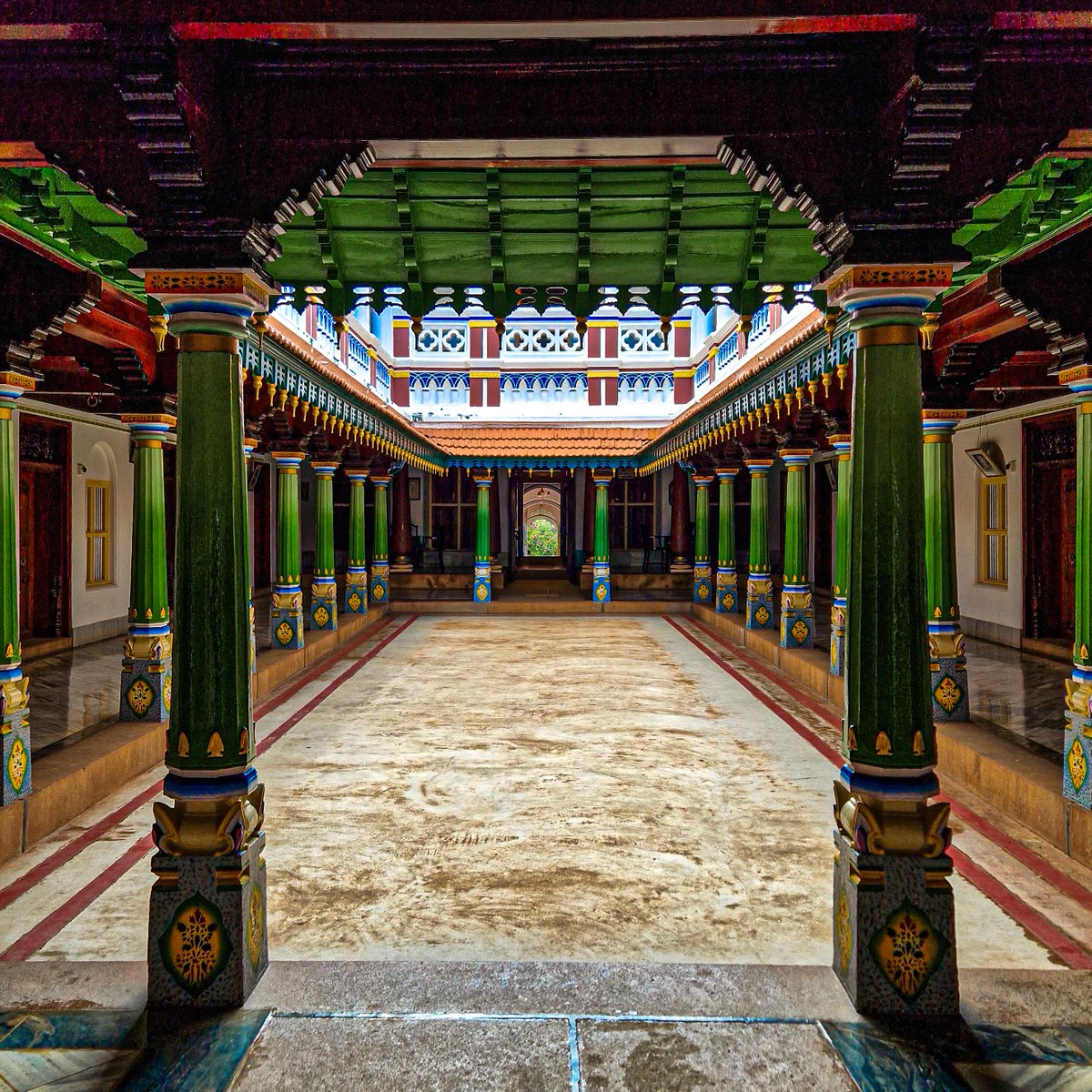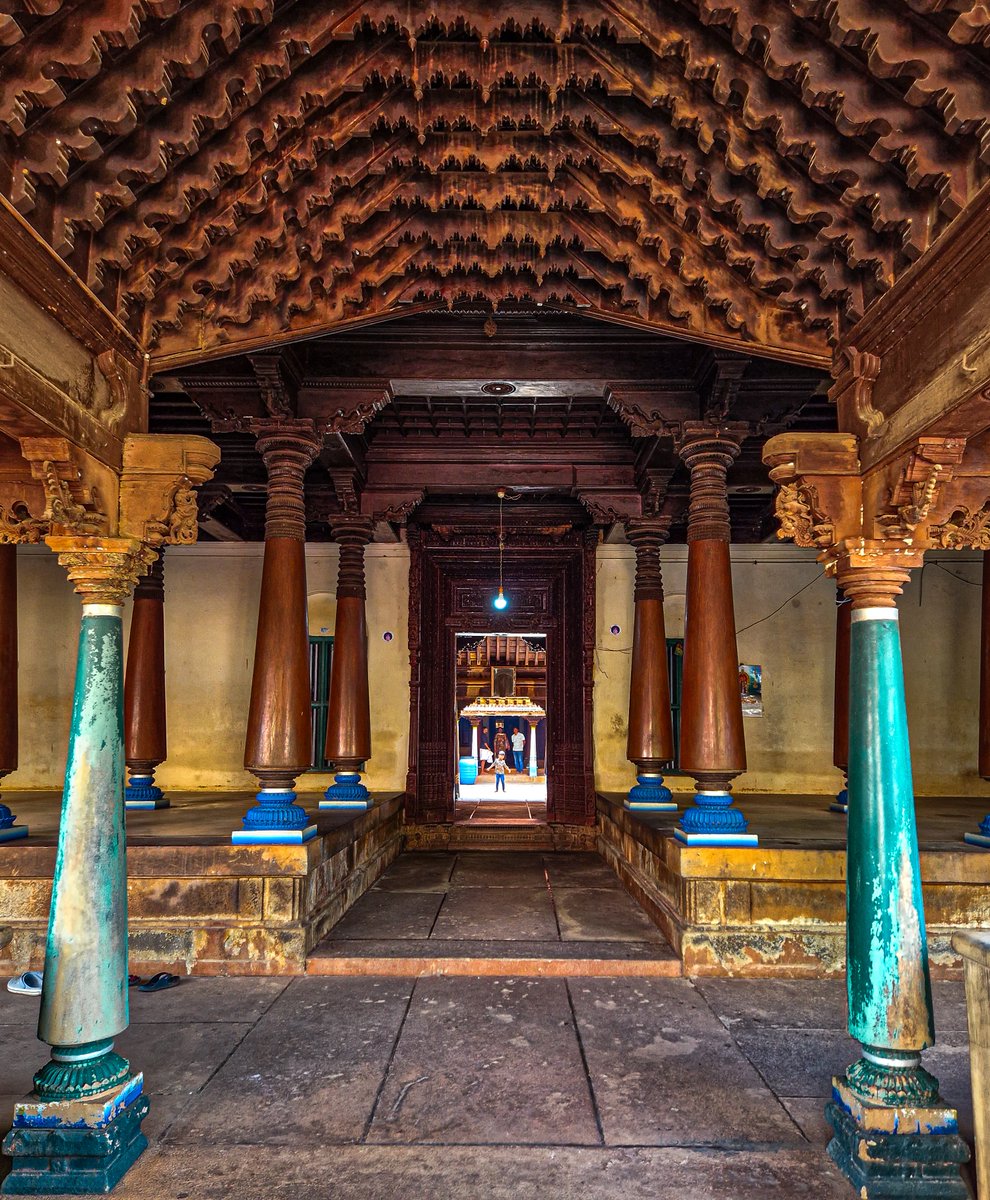The Melon Palace
In a small corner of Burhanpur, near the city's municipal rubbish dump, stands a rather gorgeous tomb known as the Kharbuja Mahal, or Melon Palace.
In actual fact it's not a Palace at all, but rather the Tomb Bilqis Bano Begum, the wife of Price Shah Shuja.
In a small corner of Burhanpur, near the city's municipal rubbish dump, stands a rather gorgeous tomb known as the Kharbuja Mahal, or Melon Palace.
In actual fact it's not a Palace at all, but rather the Tomb Bilqis Bano Begum, the wife of Price Shah Shuja.

Shuja's parents, Shah Jahan and Mumtaz Mahal, are buried in the Taj Mahal, and the Tomb of Shujas wife shows the same aesthetic attention to detail. 

Shuja soon moved to Dacca as governor of Bengal, and there he built many of the Bangladeshi capital's most famous landmarks like the Bara Katra depicted here... 

In 1657, Shuja's father Shah Jahan became ill and a war of succession broke out between Shuja and his brothers Aurangzeb, Dara and Murad.
Shah Shuja declared himself Emperor, but ultimately it was his puritanical brother Aurangzeb who actually came to the throne.
Shah Shuja declared himself Emperor, but ultimately it was his puritanical brother Aurangzeb who actually came to the throne.

Shuja fled first to Tripura and then to Mrauk U in modern Myanmar.
This kingdom was one of the most fascinating places in South Asia, a Buddhist kingdom populated by Rakhine archers, Rohingya poets, Portuguese pirates and Japanese ronin samurai.
This kingdom was one of the most fascinating places in South Asia, a Buddhist kingdom populated by Rakhine archers, Rohingya poets, Portuguese pirates and Japanese ronin samurai.

Four months after his arrival, the Mrauk U king confiscated Shuja's wealth leading to an attempted coup-detat by the Mughal refugees.
Shujas family was killed, and Shuja fled yet again to Tripura where he finally passed away. His private mosque still stands in Tripura's Udaypur
Shujas family was killed, and Shuja fled yet again to Tripura where he finally passed away. His private mosque still stands in Tripura's Udaypur

• • •
Missing some Tweet in this thread? You can try to
force a refresh

























